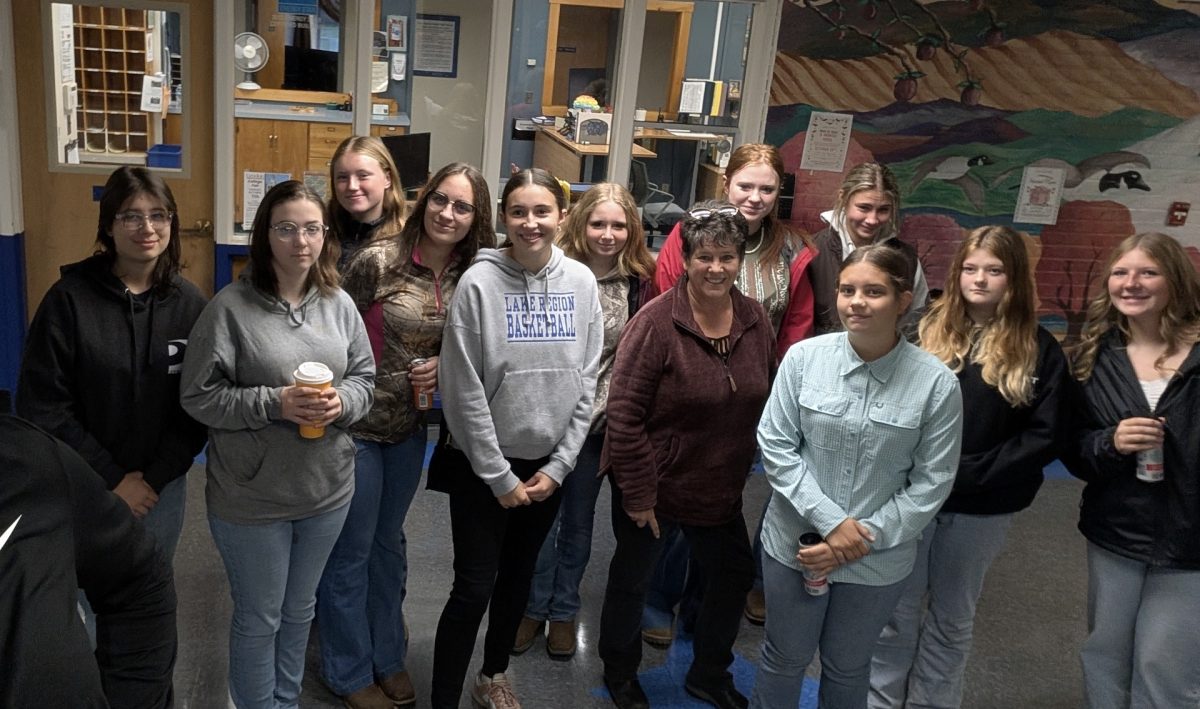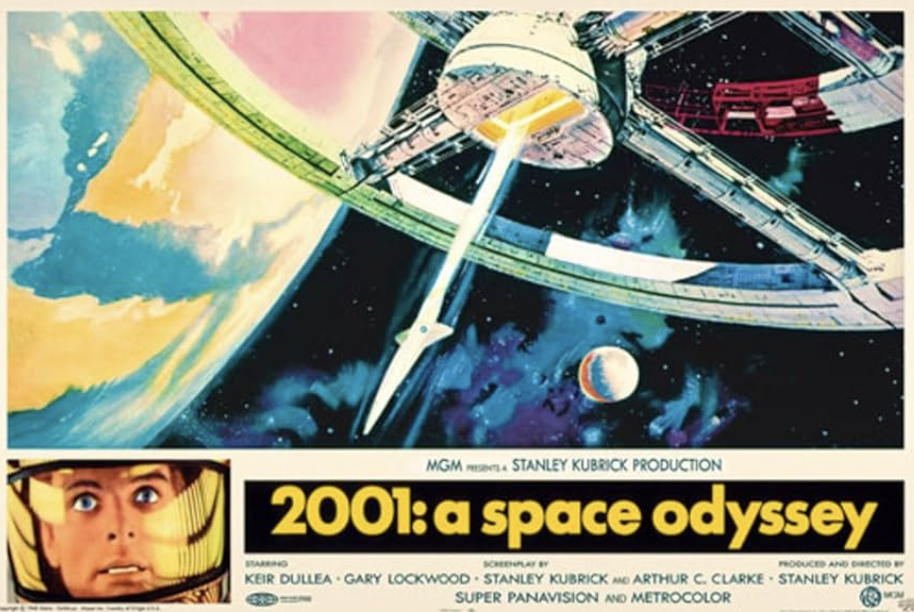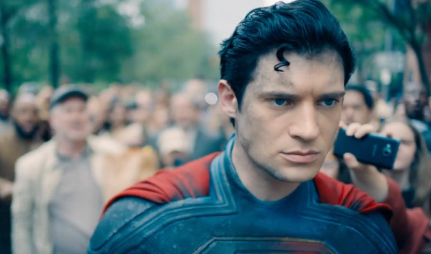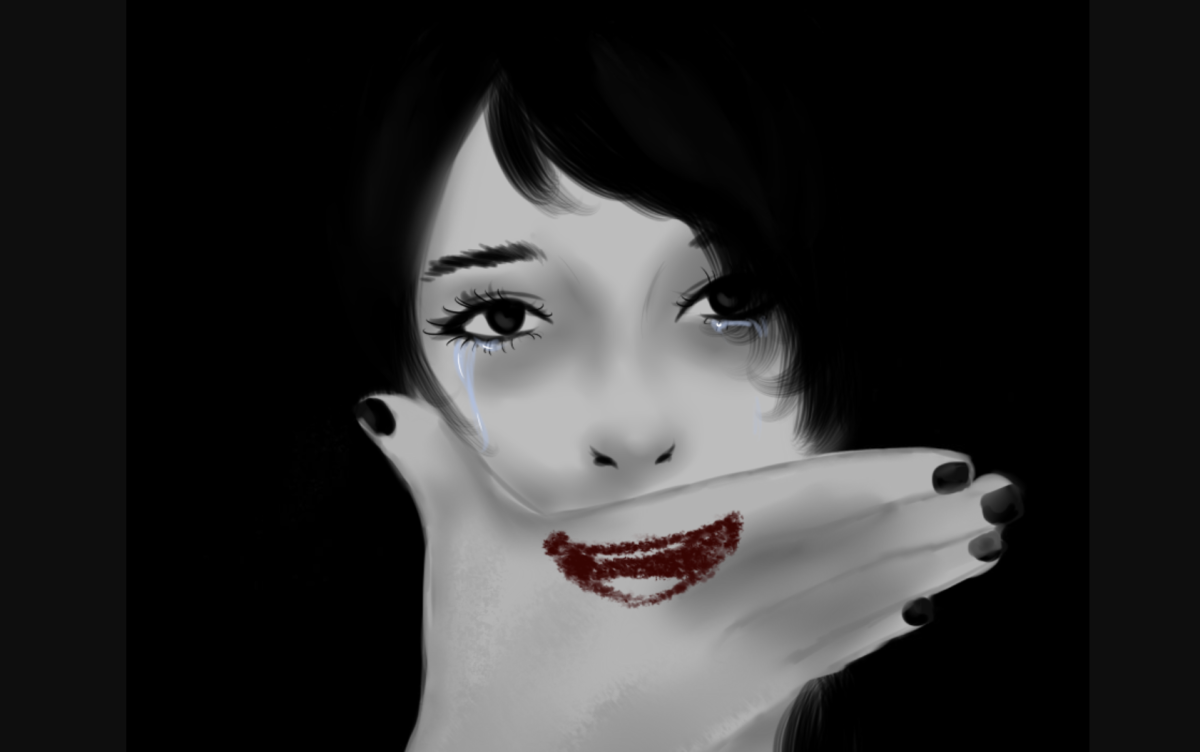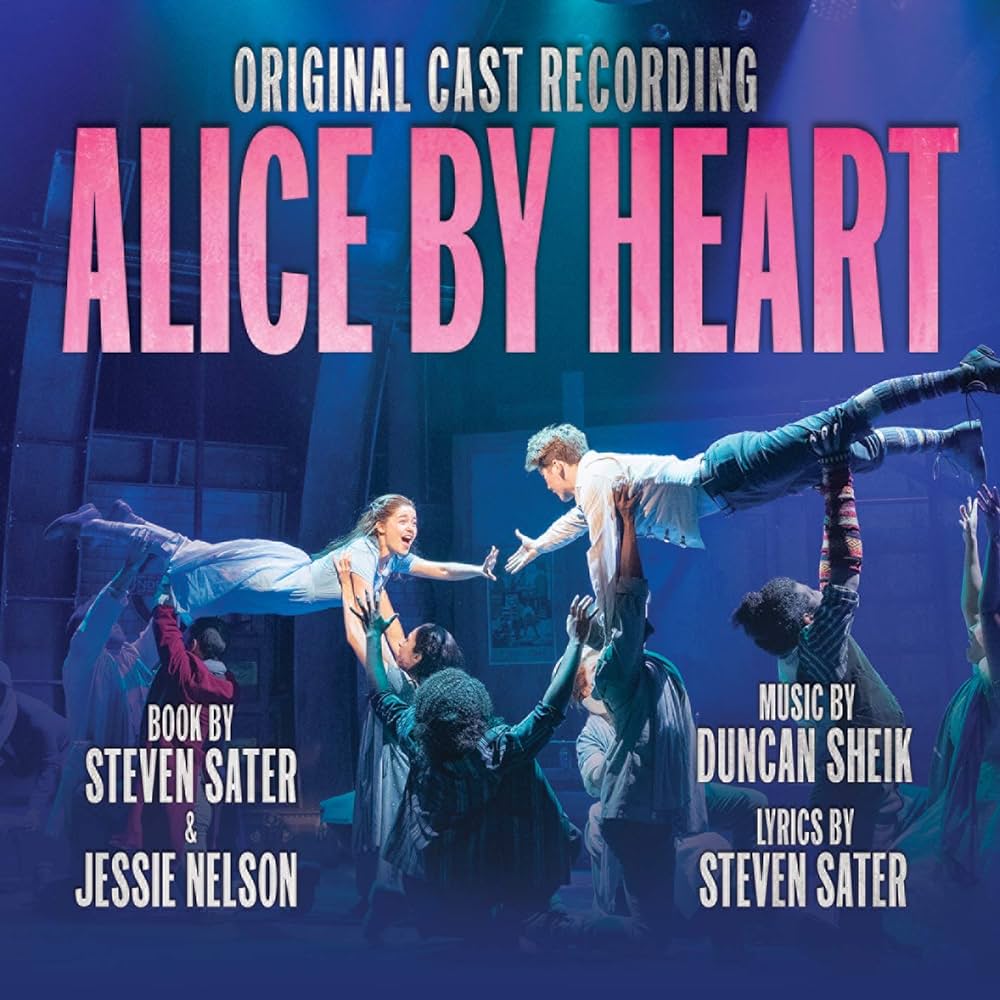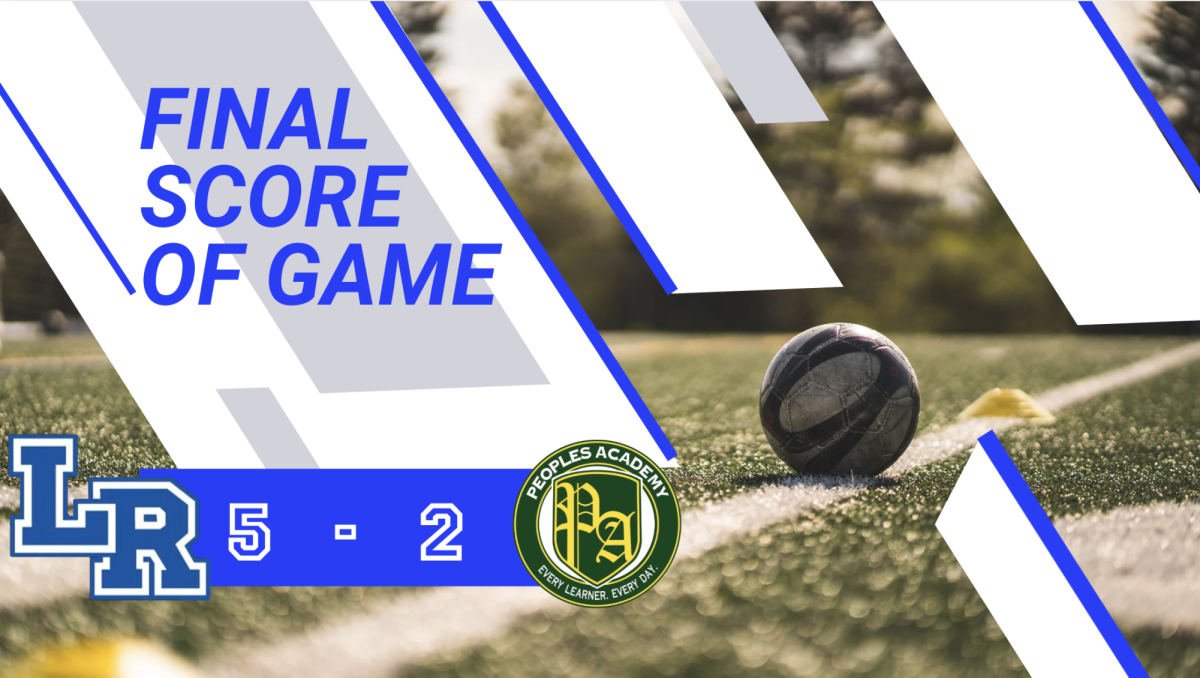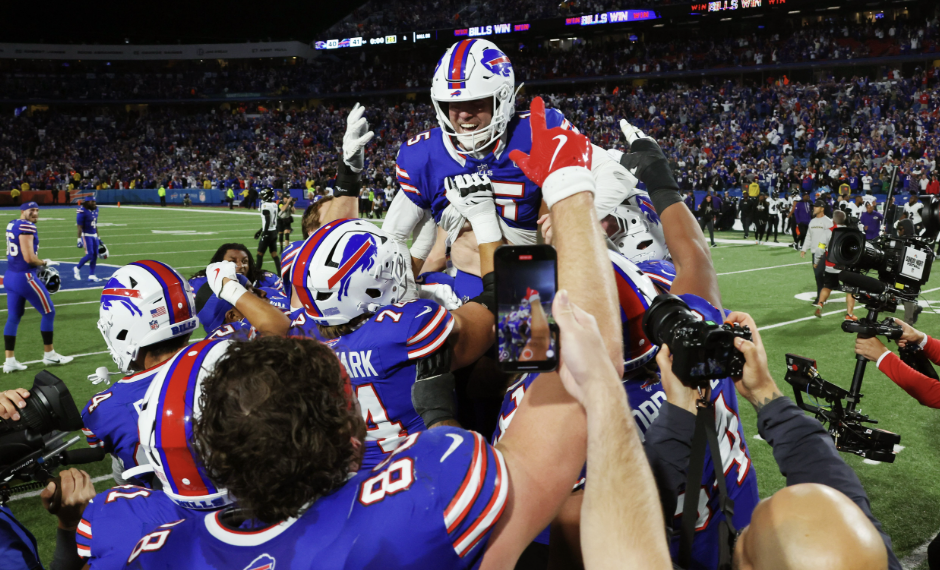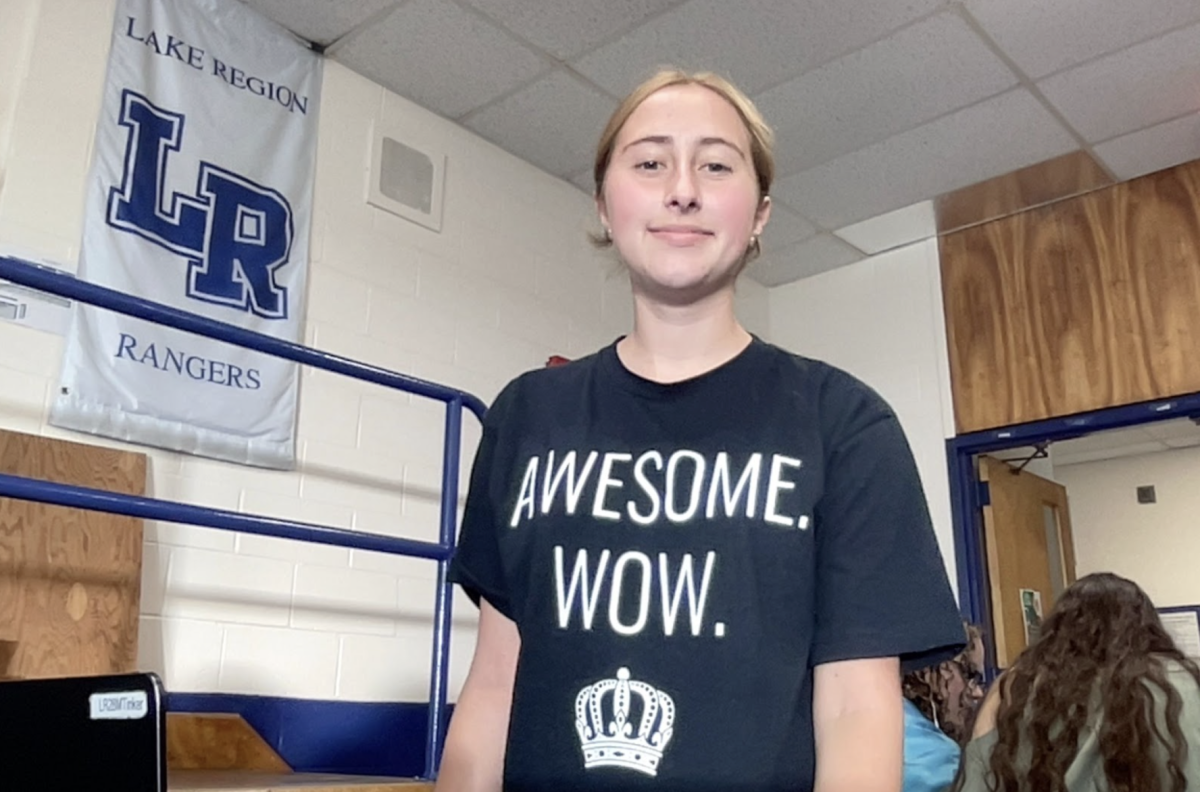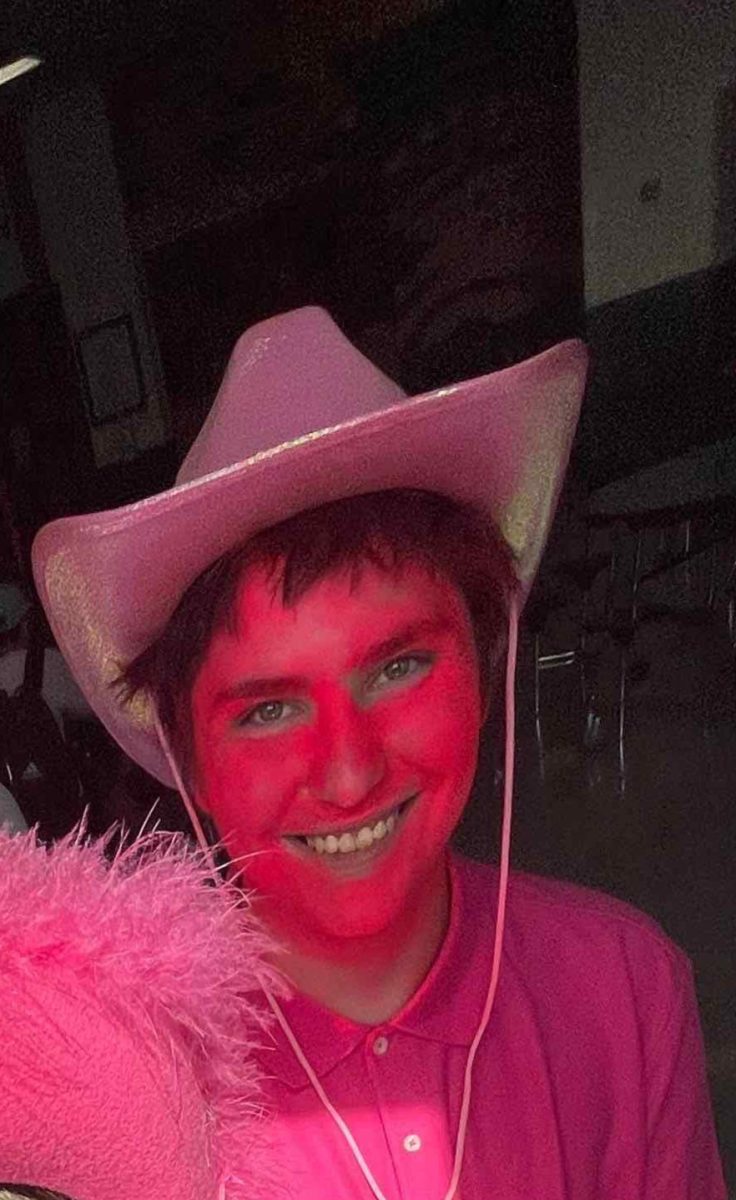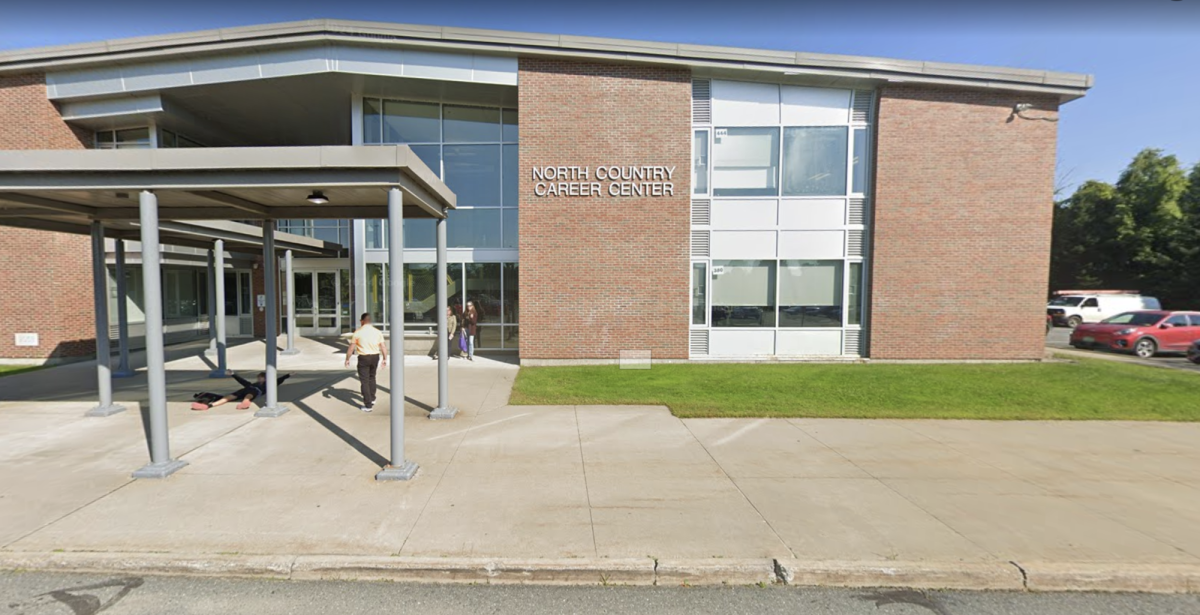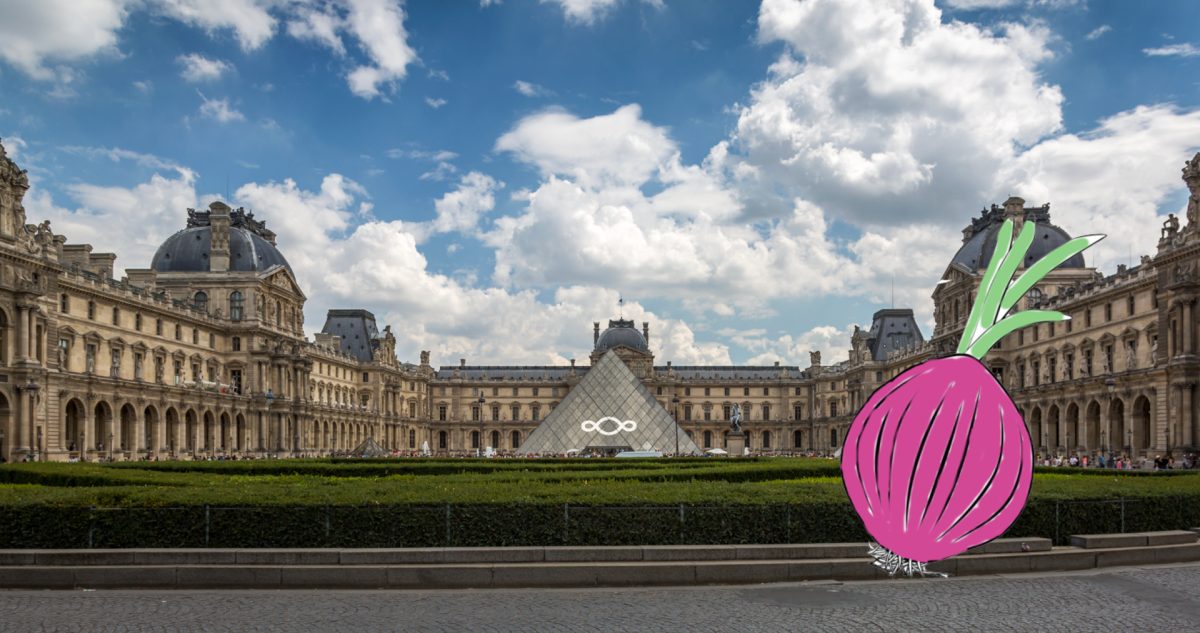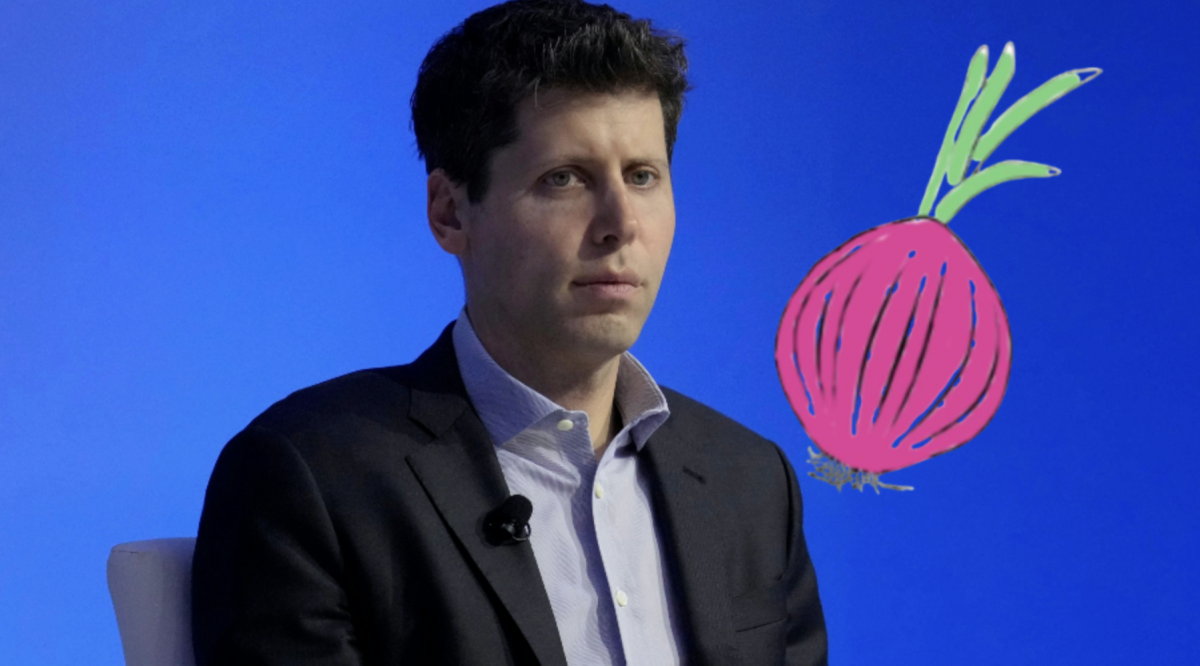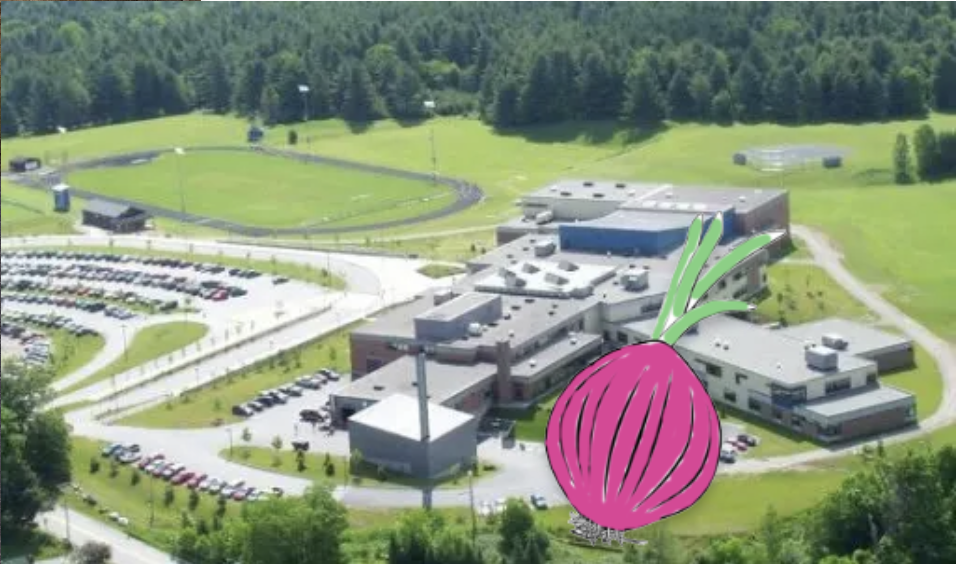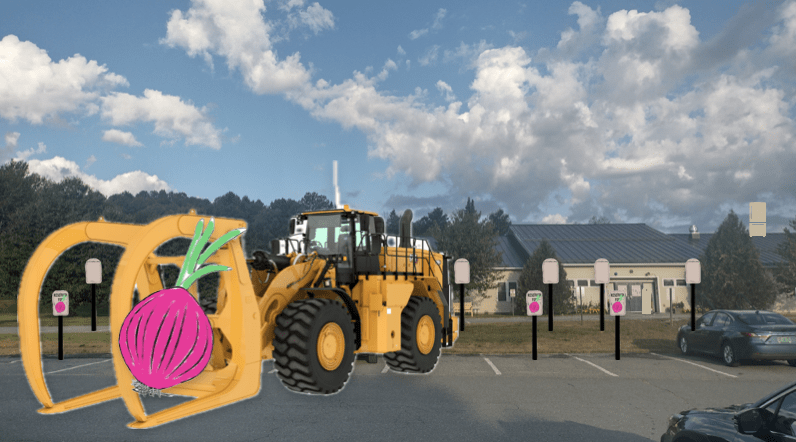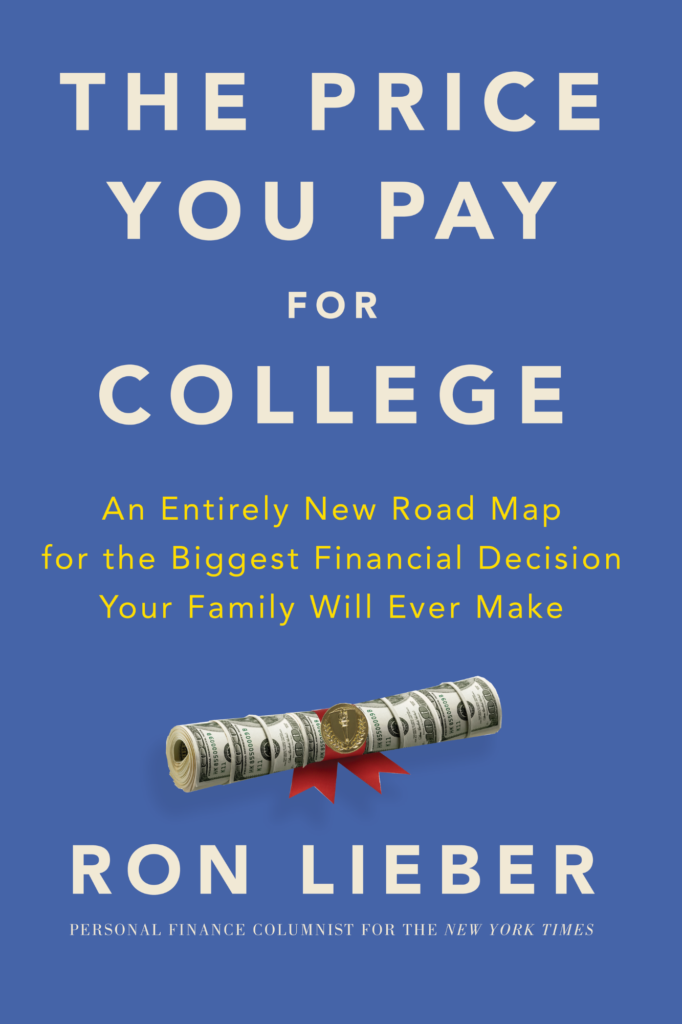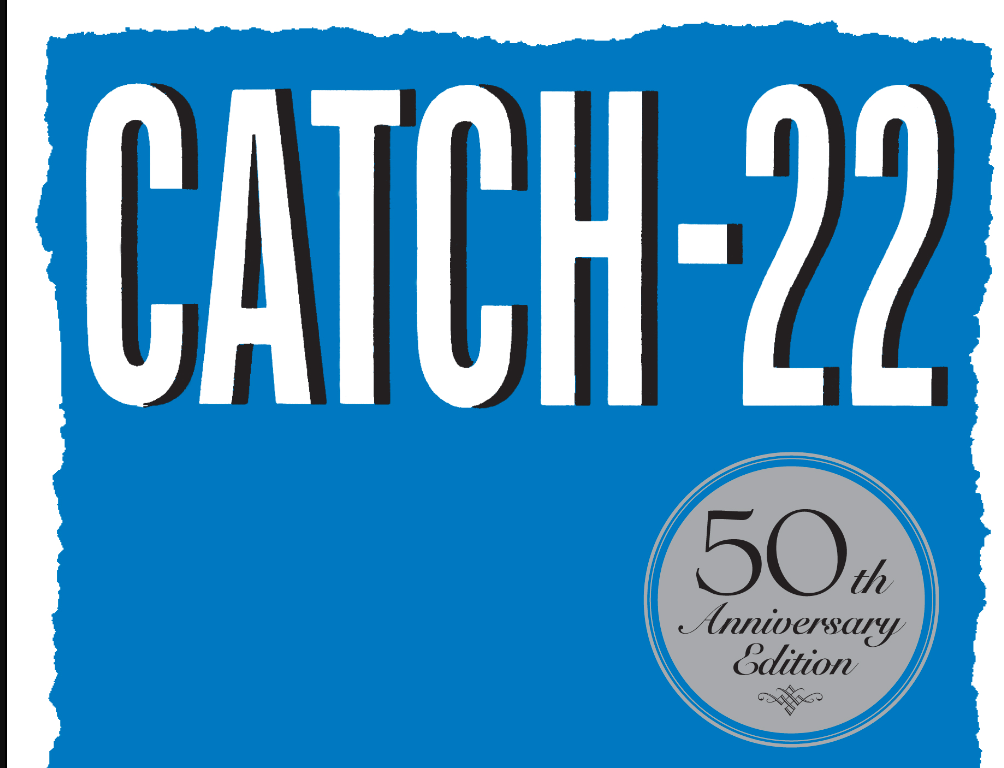When we think of science fiction, we often think of Star Wars, but many need to know that before Star Wars became a movie, it was based on a book that arguably set the foundations for a blockbuster film: 2001: A Space Odyssey, released in 1968. I recently watched the film, and I thought it was a masterpiece for its time. Now we see CGI integrated in many newer films, but 2001: A Space Odyssey used practical and special effects to create a “realistic” set for the time. The movie, based on the book by Arthur C. Clarke, set a precedent for how many science fiction pieces would treat AI before AI existed.
Although a timeless and well-made movie, it sometimes lacks depth. In some scenes, you will see classical music plays with transitioning scenes, which can be too lengthy at times—beautiful to look at, but not very entertaining. The movie has a key absence of dialogue from the characters and a vital lack of emotion. In scenes where a character is upset or angry, it’s hard to decipher if they’re really mad or angry.
Aside from the key problems, the movie’s antagonist is far ahead of its time. HAL 9000, the robot that controls the spaceship “Discovery,” develops emotions. After hearing that two crew members were considering turning him off, he starts to kill off the crewmates for the sake of completing the mission. The ending is very complex, and the main crew member becomes a sort of star child. This ending leaves many questions unanswered, which is likely to delight some viewers and annoy others. Overall, the movie creates a timeless atmosphere that is perfect for anyone who loves a classic sci-fi movie.
DRAFT




